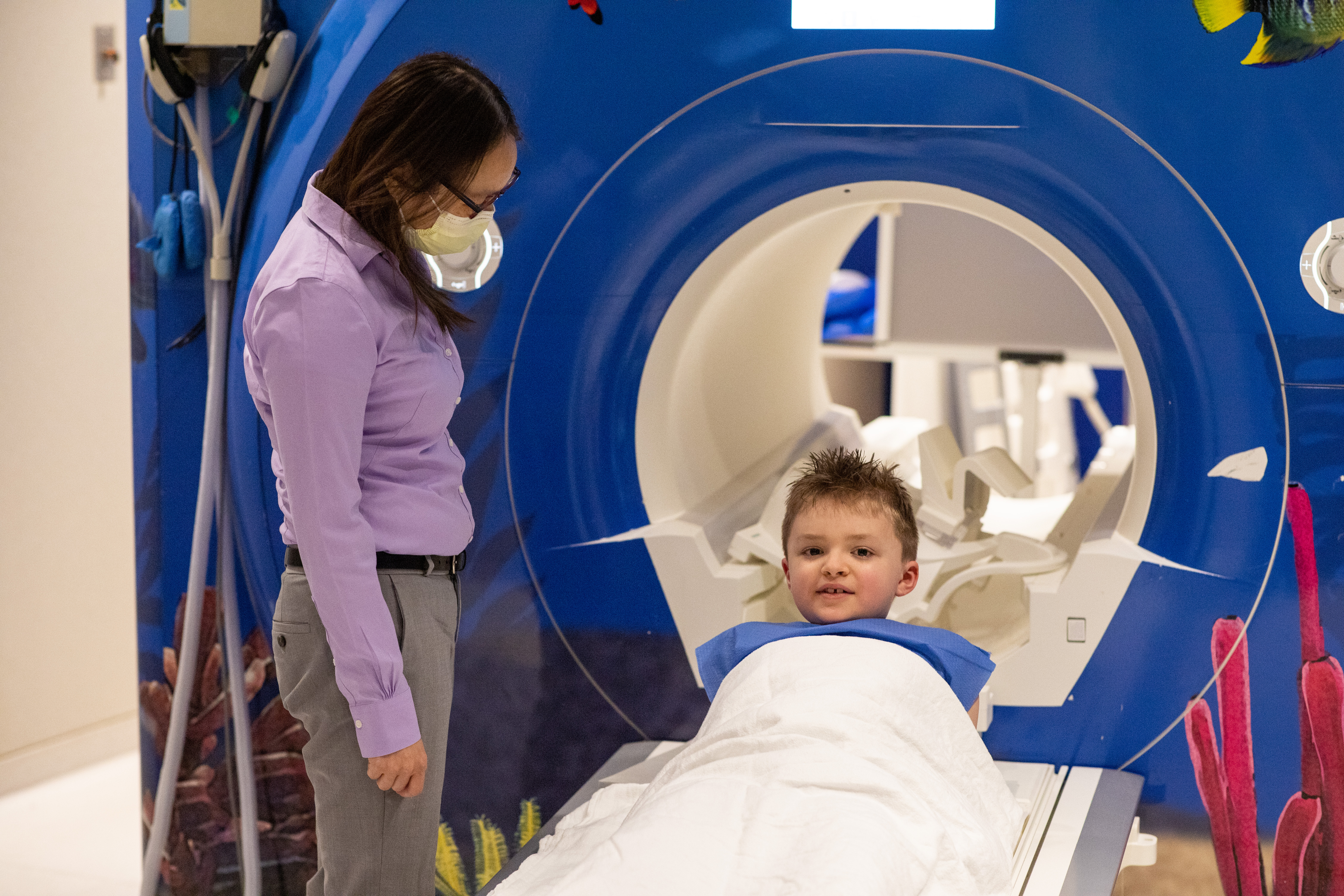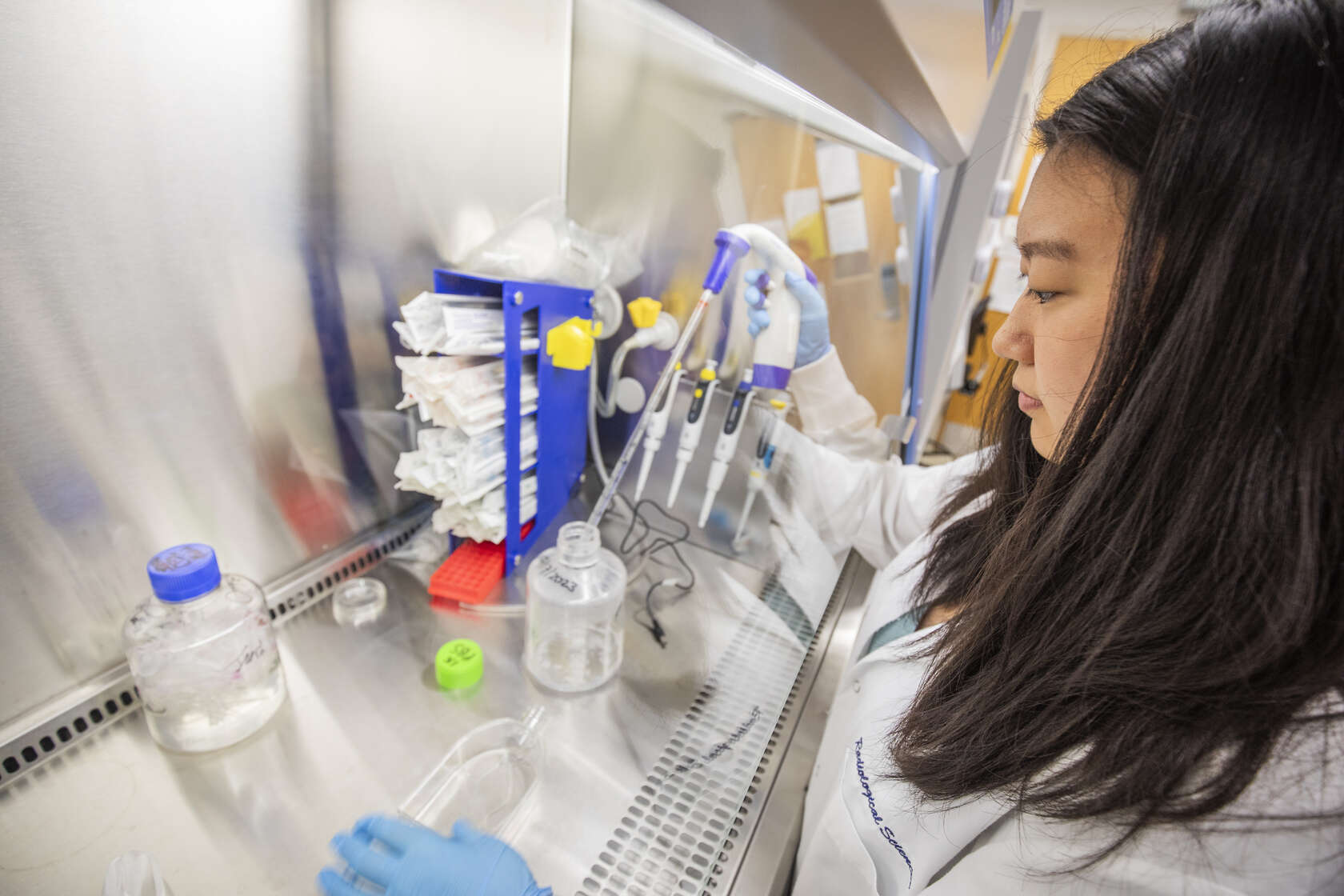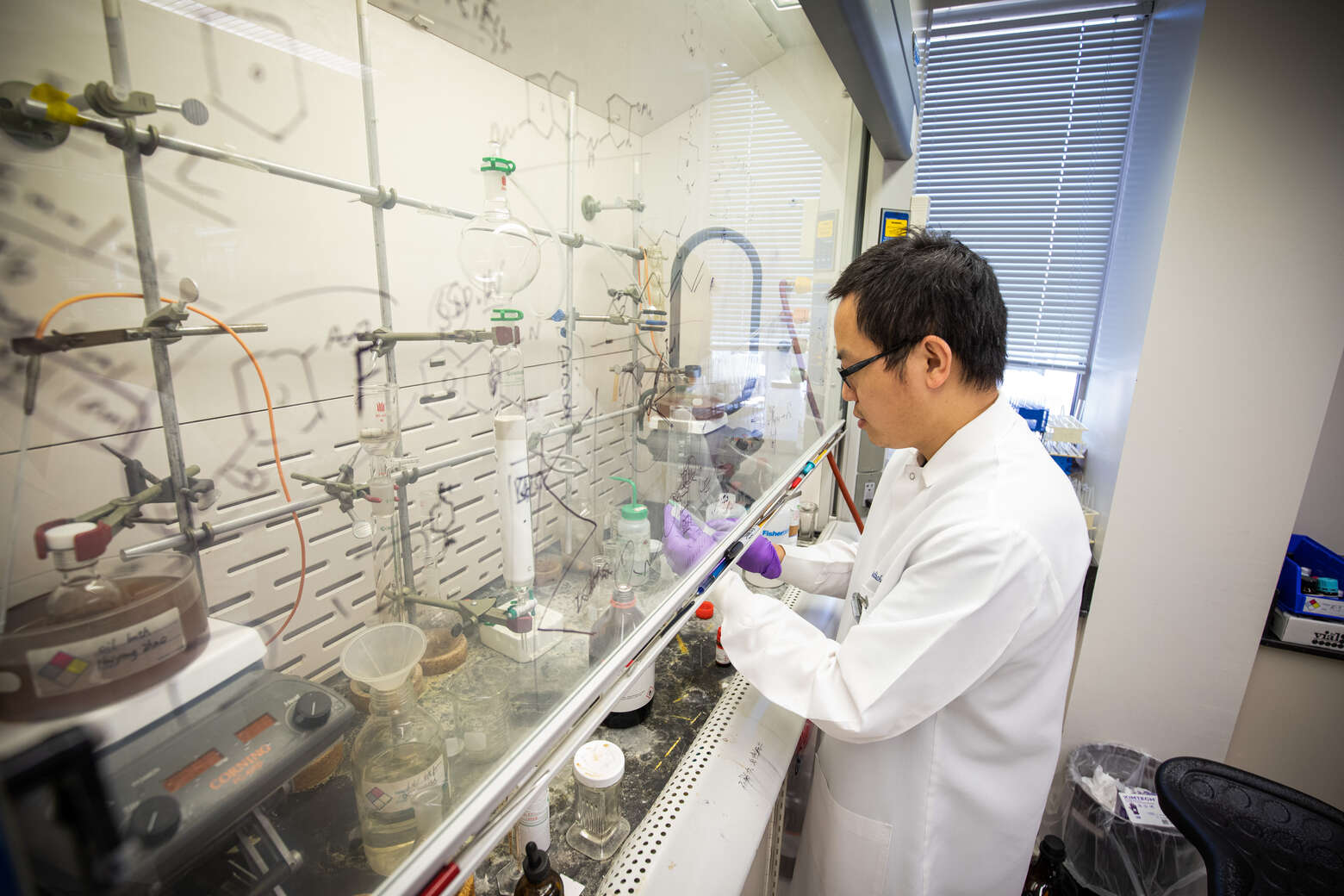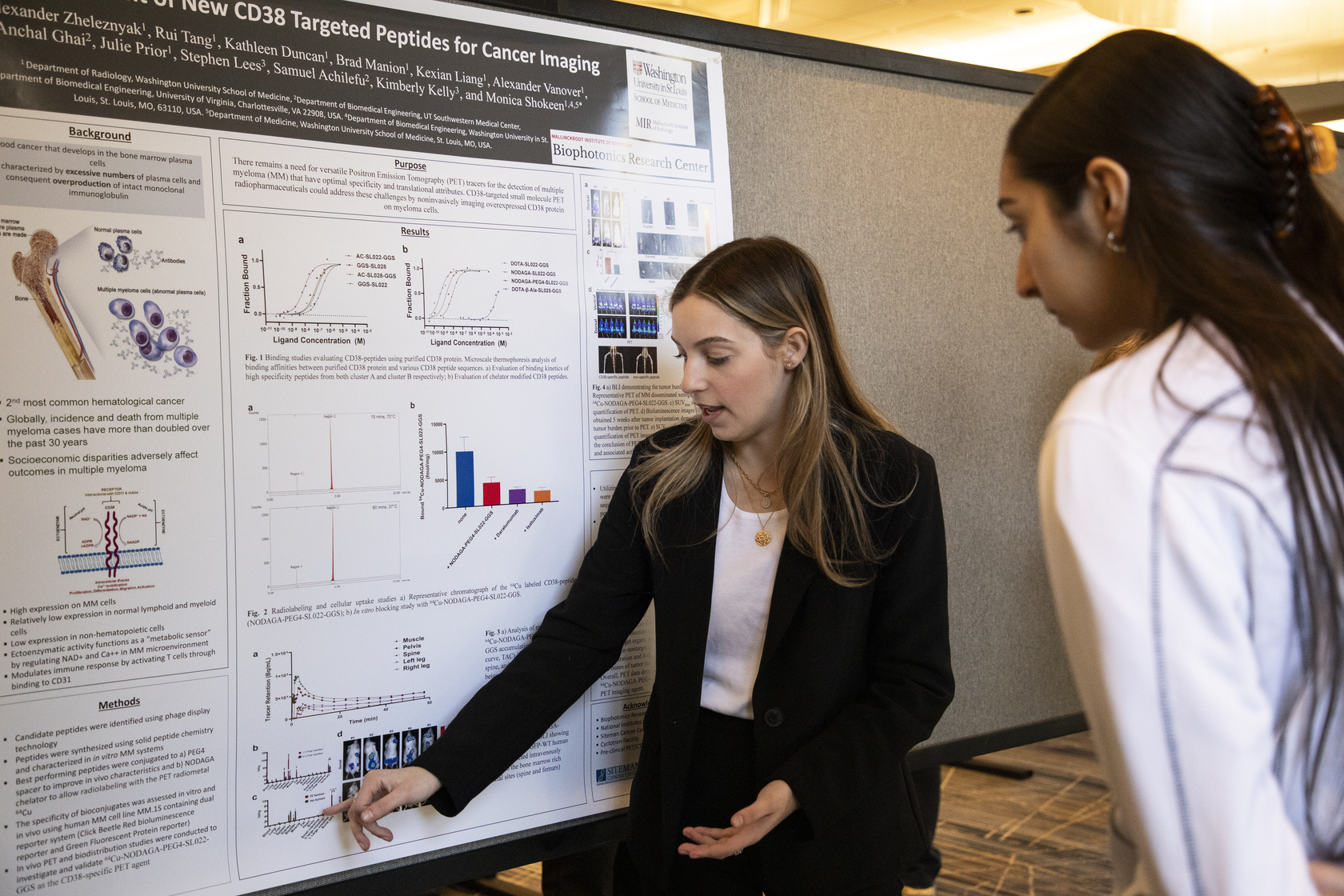Tummy Troubles: MRI Scans Help Diagnose Inflammatory Bowel Diseases in Children

Inflammatory bowel disease (IBD) includes Crohn’s disease and ulcerative colitis. It can occur at any age. Although teenagers are the most commonly affected in the pediatric population, the onset of IBD can occur in children 3 to 5 years of age and, on rare occasions, even younger.
“Many pediatric IBD patients have classic symptoms and signs, such as abdominal pain, diarrhea and bloody bowel movements,” says Geetika Khanna, MD, a pediatric radiologist at Mallinckrodt Institute of Radiology. However, some kids have “atypical” or unusual IBD symptoms. “For example, we commonly encounter children with newly-diagnosed IBD who present with unexplained anemia, poor growth or failure to thrive, inflammatory arthritis, and a variety of skin disorders,” says Khanna.
Thankfully, the radiology tools and techniques to “see” and diagnose IBD, especially Crohn’s disease, have dramatically improved. “Advances in magnetic resonance imaging (MRI) have replaced a variety of fluoroscopic exams, such as upper gastrointestinal (GI) studies, small bowel follow throughs and contrast enemas, as the mainstays of the radiologic assessment of inflammatory bowel disease in children,” Khanna says. “These advances allow us to diagnose Crohn’s disease, assess the severity of inflammation and look for complications — in one exam.” And they don’t expose kids to radiation. But fluoroscopy does.
MR enterography – the advanced MRI imaging exam used to diagnose IBD – takes only 30 minutes to perform. It combines MRI scans with a contrast dye to produce detailed images of the small intestine. MR enterography services are available at St Louis Children’s Hospital and at the new Children’s Specialty Care Center in west St. Louis County.





